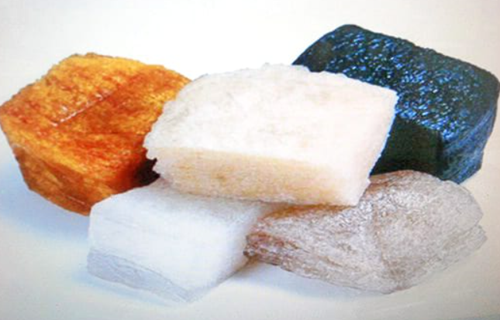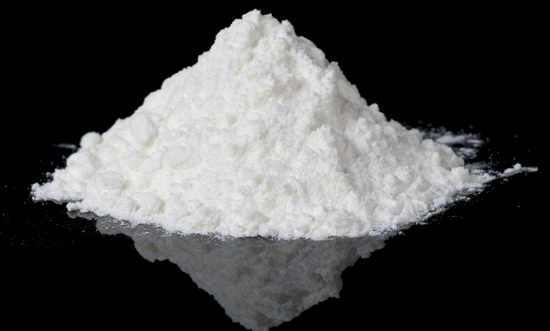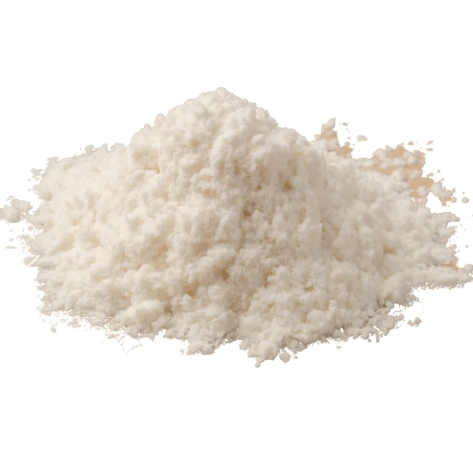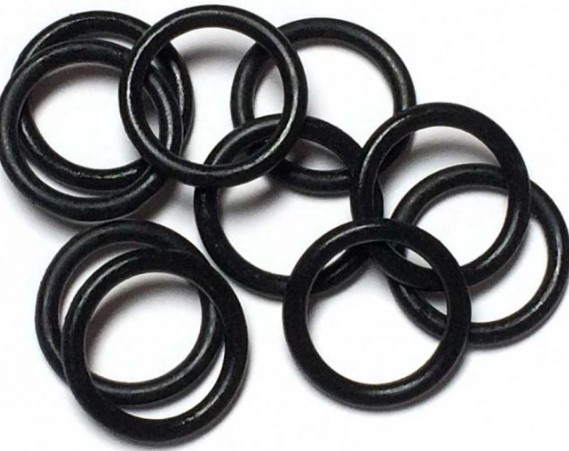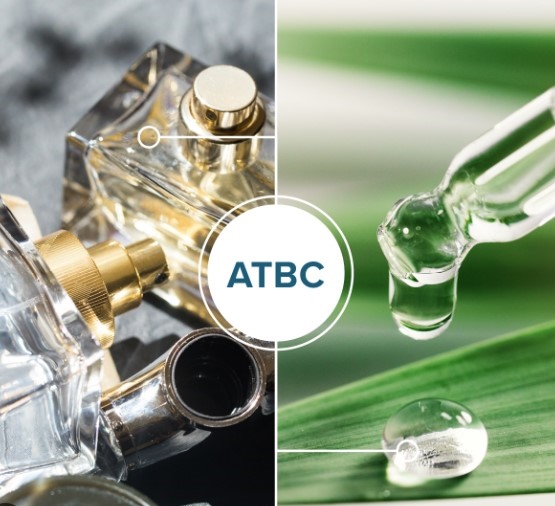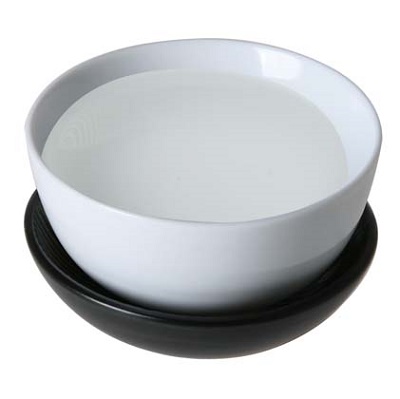The catalyst can change the reaction rate in the chemical reaction, and the composition and the quality of the catalyst can be kept constant after the reaction. The catalyst that accelerates the reaction is called the positive catalyst, slows down called Negative Catalyst or slow agent. It said catalyst is a positive catalyst for the general correction. This kind of catalyst in the industry, especially the organic chemical industry used more, and has great significance, Such as sulfuric acid prepared by contacting, ammonia, hydrolysis of the ester and polysaccharide, Oil Hydrogenation, etc. Commonly used catalysts are mainly metal, metal oxide and inorganic acid. If the catalyst is solid, the substance of the reaction is gas, to form a multi-phase catalytic reaction, this catalyst, sometimes called catalyst or contact agent. The catalyst is generally selective, it can only make a reaction or a certain type of reaction to speed up. But some reaction can be used for a variety of catalysts, such as the hydrogenation reaction can often be platinum, palladium, nickel, should be carefully chosen. In the catalytic reaction, the catalyst is often added cocatalyst known to enhance catalytic action of the catalyst. For example, iron is a catalyst in ammonia industry, adding a small amount of potassium and aluminum can enhance the catalytic effect of iron. The composition and weight of the catalyst and cocatalyst cannot change before and after the reaction. All of the above are inorganic catalysts. The enzyme is a protein, is very important organic catalyst. There are many kinds of catalyst, catalyst and reaction system according to the phase of the classification, there are two types of homogeneous and heterogeneous catalysts. Heterogeneous catalysts most widely used, there are 3 kinds of gas, liquid and solid state, the variety and application of solid catalyst. The solid catalyst, which is made of metal (nickel, platinum, palladium, chromium, cobalt, titanium, va
Is E15 gas the same as 87?
E15 is gasoline. It's 88-octane fuel refined with 85 percent unleaded gas and 15 percent ethanol.
Mar 12,2024 Catalyst and AuxiliaryWhat is rubber used for? Is it a plastic?
Rubber can stretch and shrink,it can also contain gases. It is an insulator, which means that it does not conduct electricity.
Mar 8,2024 Catalyst and Auxiliarywhat is cellulose gum?
Cellulose gum, also known as carboxymethylcellulose (CMC), is essentially a thickening agent used in all kinds of food products. It is considered a fairly safe food additive.
Mar 5,2024 Catalyst and AuxiliaryWhat is the melting point of Rubber
Rubber is an elastic substance obtained from the exudations of certain tropical plants (natural rubber) or derived from petroleum and natural gas.
Mar 4,2024 Catalyst and AuxiliaryBenefits and Side effects of Cellulose gel
Cellulose gel is often used as its sodium salt, sodium carboxymethyl cellulose. It used to be marketed under the name Tylose, a registered trademark of SE Tylose.
Mar 4,2024 Catalyst and AuxiliaryDoes Nylon Shrink In The Dryer Or When Washed?
While pure 100% nylon will not shrink in your washer, blended nylon fabrics containing rayon or cotton fibers can. These fibers absorb water better than nylon, causing them to expand as the fabric shr
Mar 1,2024 Catalyst and AuxiliaryThe different Types of Fluoroelastomers
Fluoroelastomers combine excellent chemical resistance (e.g., oxidizing acids and alkalis) and high-temperature resistance.
Jan 16,2024 Catalyst and AuxiliaryThe introduction of Poly(methyl methacrylate)
PMMA is a clear and rigid thermoplastic; it is also readily formed by injection molding. The main applications are guards and covers.
Jan 15,2024 Catalyst and AuxiliaryUse and safety of Acetyl tributyl citrate as a plasticizer
ATBC, a biodegradable plasticizer, is widely used in cosmetics and pharmaceutical.
Oct 26,2023 Catalyst and AuxiliaryWhat is Caprylic/capric triglyceride?
Caprylic/capric triglyceride is a mixed triester that can be used to configure cosmetic and synthetic drug delivery systems.
Sep 5,2023 Catalyst and Auxiliary




